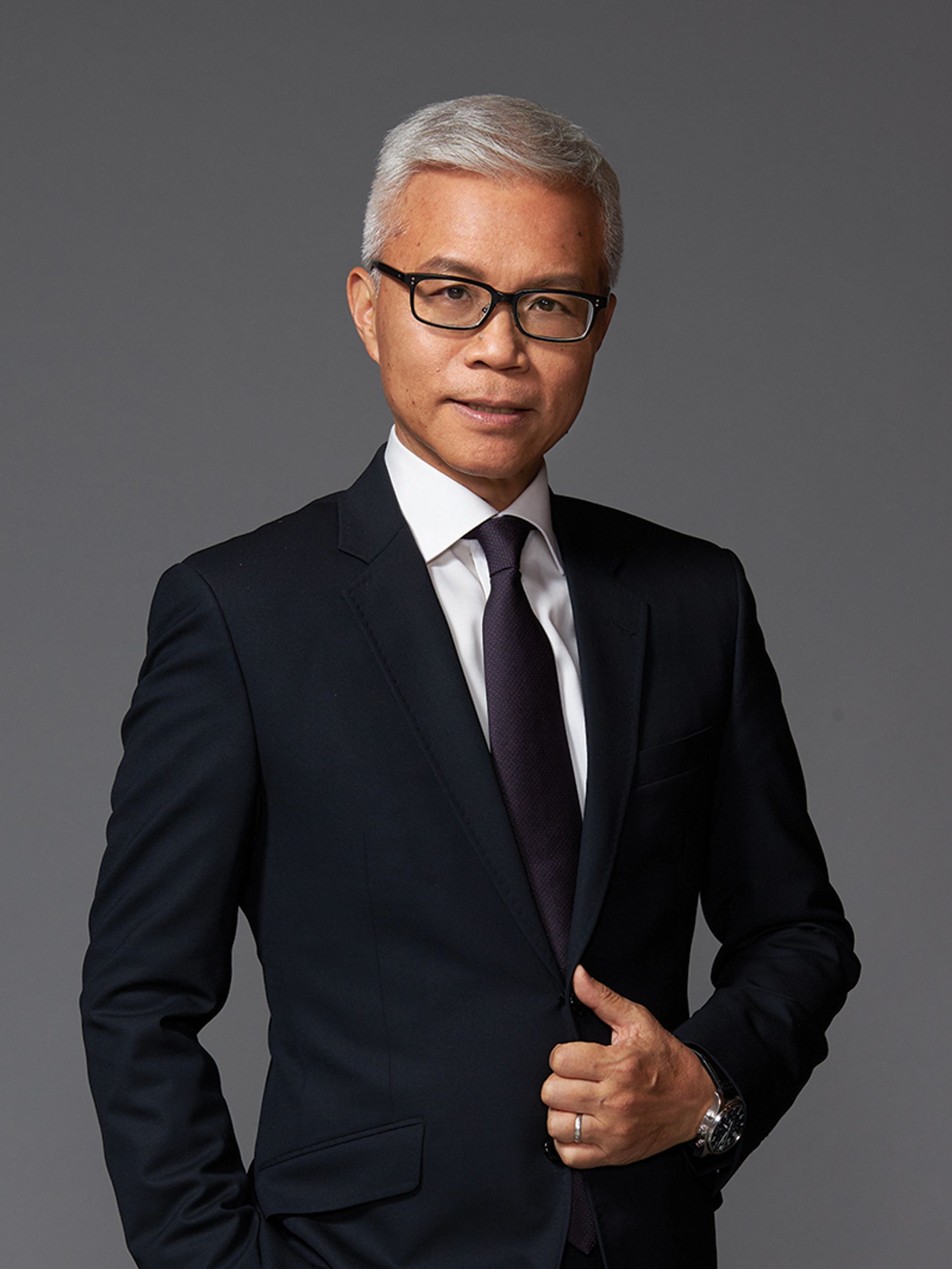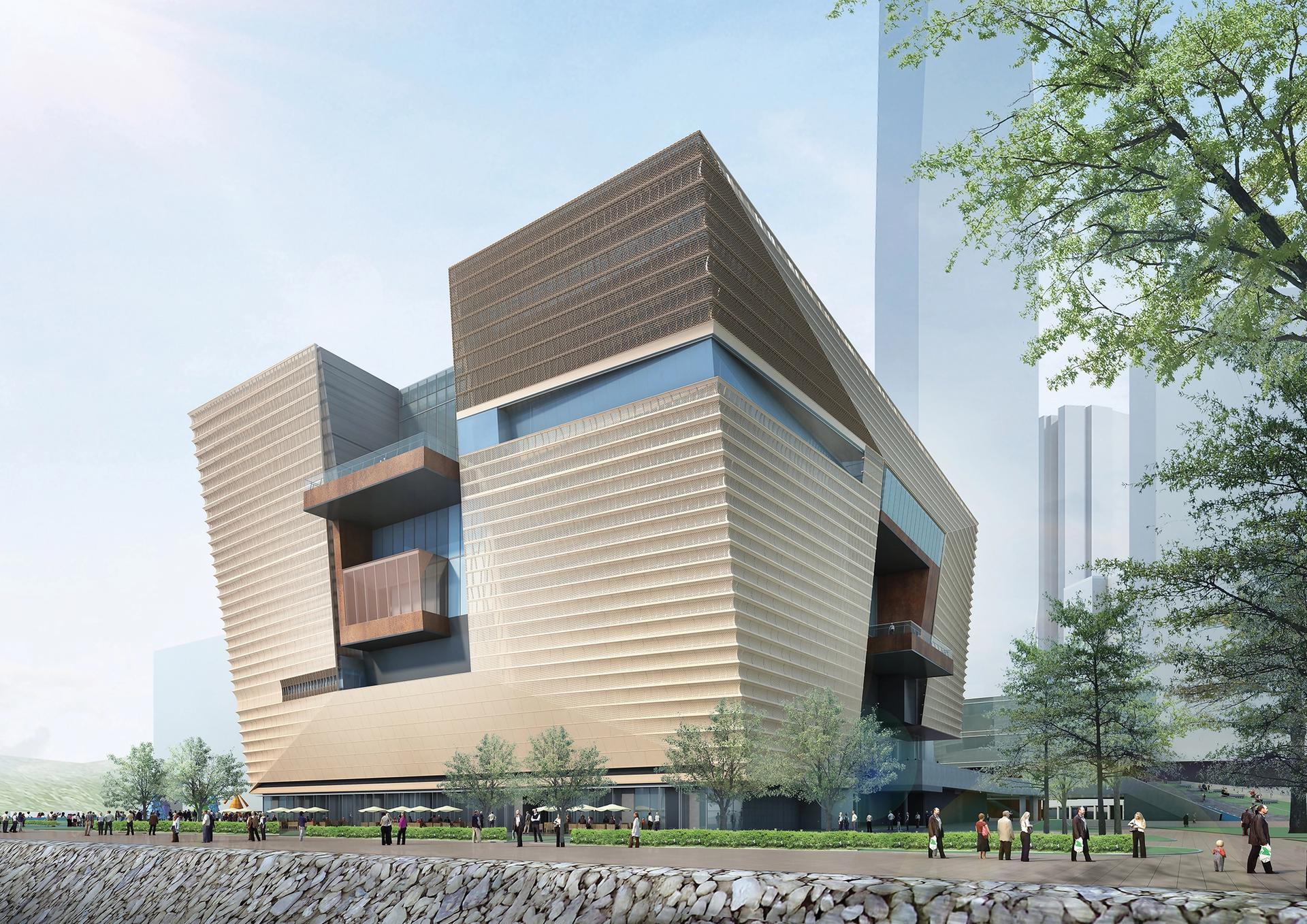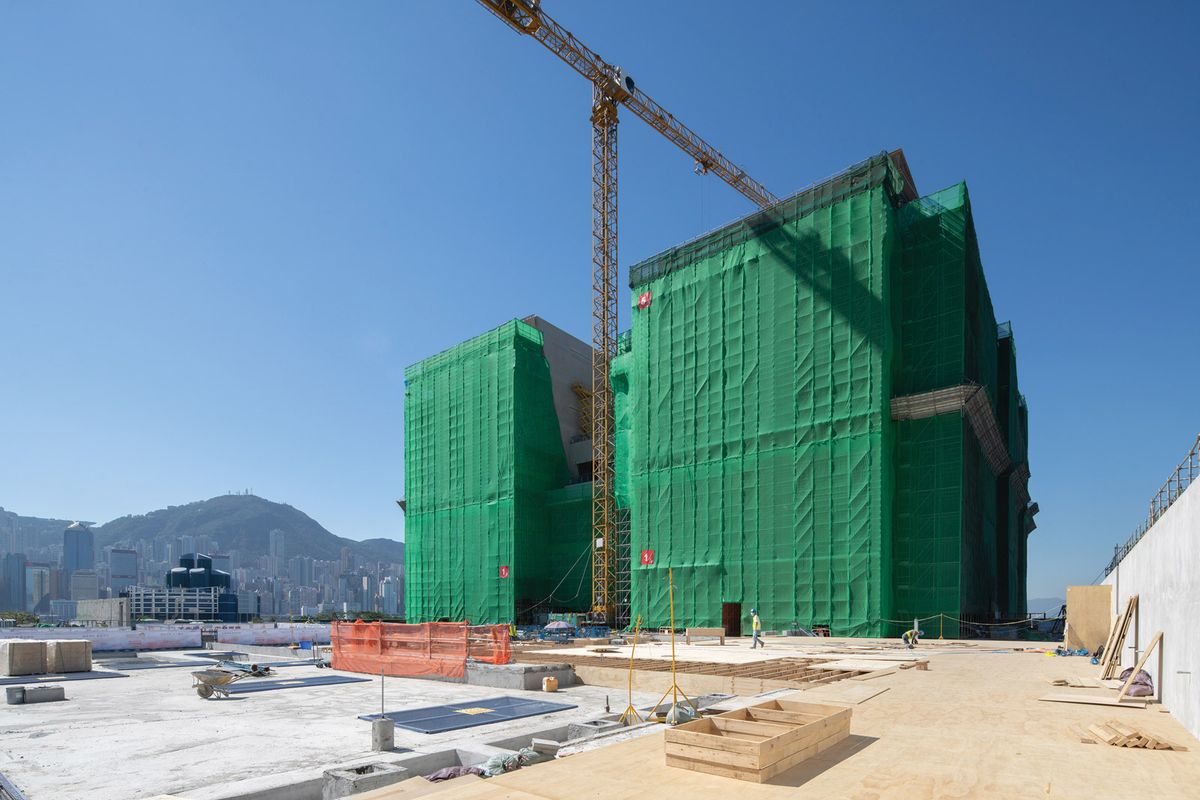The Hong Kong Palace Museum will show some 800 Chinese national treasures when it opens in mid-2022, but it should not be seen as a branch of the world-famous institution in Beijing’s Forbidden City, says its director.
“We have no intention to build a branch… but to use Hong Kong as a platform to give a new interpretation of [the Palace Museum’s] collection,” says Louis Ng, a veteran Hong Kong arts administrator, in an interview with The Art Newspaper. The museum under construction in the city’s West Kowloon Cultural District (WKCD) aims to reach a younger international audience with technology while forging a dialogue between Chinese culture and global civilisations.

Louis Ng, the director of the Hong Kong Palace Museum
The Hong Kong Palace Museum is a late addition to the government-funded arts hub, where it is due to follow the opening this year of M+, the long-awaited museum of modern and contemporary visual culture. The Palace Museum project was unveiled in a surprise announcement on 23 December 2016, when a memorandum of understanding was signed between the WKCD authority and the Palace Museum in Beijing. The Hong Kong Jockey Club Charities Trust made a HK$3.5bn ($450m) donation to cover the entire capital cost, including design, construction and exhibition development.
"We have no intention to build a branch… but to use Hong Kong as a platform to give a new interpretation"Louis Ng, Hong Kong Palace Museum director
The deal immediately sparked controversy over its lack of transparency. WKCD said at the time that the project had to remain confidential initially because it was subject to agreements with mainland Chinese government authorities. State restrictions on lending artefacts to museums outside mainland China had to be loosened so that objects from Beijing can travel to the new Hong Kong venue for longer periods of time.
A belated public consultation on the museum was launched in January 2017, engaging more than 48,000 people. Some respondents asked for more thematic exhibitions and collaboration with other museums and collectors. Greater engagement with a younger audience was also among the requests.

An architectural rendering of the atrium of the Hong Kong Palace Museum Courtesy of the Hong Kong Palace Museum
Plans for the museum’s nine galleries seem to be responding to some of those suggestions. Spanning around 7,800 sq. m of exhibition space in the building designed by the Hong Kong architect Rocco Yim, the 800 works of art and antiquities on display will regularly rotate for conservation reasons. For example, a painting from the Jin dynasty (AD266-420) that is more than 1,500 years old can only be shown for one month because of its fragility.
From Qing to contemporary
Three thematic exhibitions are planned each year. Rather than presenting artefacts from a one- dimensional aesthetic perspective, the curators will relate historic art treasures to modern life, Ng says, to appeal to younger visitors and those who may be unfamiliar with museums. The team comprises both local and international specialists in Chinese art and history, visual culture and digital media.
One of the opening shows, curated by designer Stanley Wong, offers a dialogue between Qing crafts and contemporary design. Another exhibition dedicated to the art and culture of the horse will juxtapose depictions of horses in Chinese culture with those from the Musée du Louvre in Paris. The museum will also team up with private collectors, starting with an inaugural display on the history of art collecting in Hong Kong. And local contemporary artists will be commissioned to create new works responding to the Palace Museum’s collection.

A rendering of the outside of the Hong Kong Palace Museum Courtesy of the Hong Kong Palace Museum
“We are not just displaying objects, nor copying the Palace Museum. We want to create a fresh, contemporary interpretation of Chinese culture,” Ng says.
Besides Beijing, Taipei also has a National Palace Museum—the home of China’s imperial treasures that were evacuated during the civil war in the 1940s. The Hong Kong museum currently has no collection-sharing plans with the Taipei institution, which has strict restrictions on lending works and artefacts abroad, but it is exploring other collaboration opportunities, according to Ng.
“The Hong Kong Palace Museum is an open platform, one that isn’t just about the study of art and culture, but to bring art into our lives,” he says.


